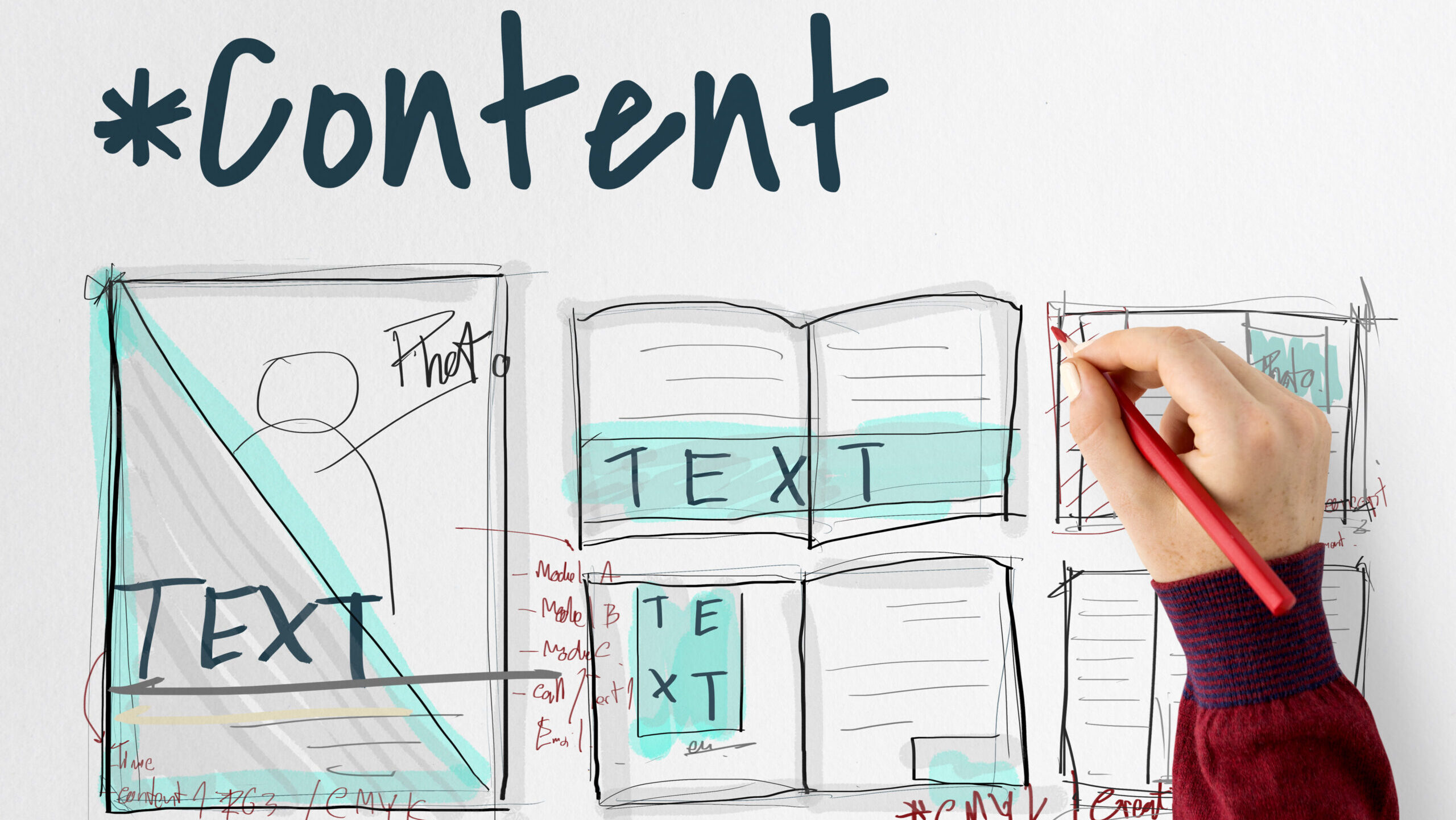Can I Use AI for Product Creation?

In today’s fast-paced and technology-driven world, artificial intelligence is reshaping how we approach product creation. From the initial stages of ideation to the final steps of customer service, AI’s influence spans the entire product lifecycle. This article explores the transformative role of AI in various facets of product development, including idea generation, design, prototyping, manufacturing, marketing, and customer service. By integrating AI, businesses can not only enhance efficiency and innovation but also stay ahead in the competitive market.
Idea Generation
AI’s role in idea generation for product development is multifaceted and deeply impactful:
- Data Analysis: AI algorithms can process vast datasets from various sources, including market reports, consumer surveys, social media, and online forums. By analyzing this data, AI can identify emerging trends, changing consumer preferences, and unmet needs in the market.
- Pattern Recognition: AI excels at spotting patterns and correlations within data that might not be immediately apparent to humans. This can include shifts in consumer behavior, emerging market segments, or rising popularity of certain product features.
- Predictive Analytics: AI uses historical data and current market trends to make predictions about future market developments. This can include forecasting the rise of new industries, changes in consumer behavior, or potential new uses for existing technologies.
- Niche Identification: Through its analytical capabilities, AI can help businesses identify underserved or niche markets, offering opportunities for new products or services tailored to these specific segments.
- Innovation Opportunities: AI can suggest innovative product features or improvements by combining insights from different industries or technological advancements.
- Consumer Needs Anticipation: AI’s predictive capabilities allow it to anticipate future consumer needs, sometimes even before consumers are fully aware of these needs, enabling businesses to be proactive in their product development.
By harnessing these capabilities, AI empowers businesses to generate more relevant, innovative, and timely product ideas, aligning closely with market dynamics and consumer expectations.
Design
AI-driven design tools leverage machine learning and data analytics to enhance the design process. These tools can:
- Analyze Functionality: They can simulate and predict how different design choices might affect a product’s functionality and user experience.
- Form and Aesthetics: By processing historical design data, AI can suggest design elements that align with current trends while maintaining brand consistency.
- Material Selection: AI can recommend materials based on their performance, cost, sustainability, and compatibility with the product’s intended use.
- Ergonomic Optimization: AI can simulate human interaction with a product and suggest design tweaks that enhance user comfort and efficiency.
- Cost Reduction: AI tools can identify potential cost savings by suggesting more efficient design alterations or more economical material substitutions without compromising quality.
- Rapid Iteration: They enable rapid prototyping of designs, allowing designers to quickly iterate and refine concepts based on AI-generated feedback.
These capabilities allow for a more informed and data-driven approach to product design, potentially reducing the time and cost associated with bringing new products to market.
Prototyping
In the phase of prototyping, AI dramatically transforms the approach:
- Virtual Prototyping: AI enables the creation of detailed digital models of a product. These models can be subjected to various simulations to test their performance in different scenarios, such as stress tests, environmental impact, and user interaction simulations.
- Identifying Design Flaws: By simulating how a product functions, AI can predict potential failure points or design flaws that might not be evident in initial designs.
- User Interaction Testing: AI can simulate how users might interact with a product, providing insights into usability and ergonomics.
- Optimization for Manufacturability: AI algorithms can suggest design modifications that simplify the manufacturing process or reduce production costs, without compromising on the product’s functionality or quality.
- Feedback Loop: AI can facilitate a rapid feedback loop where design changes based on simulation results can be quickly incorporated and retested, accelerating the development process.
Through these capabilities, AI in prototyping not only saves time and resources but also enhances the probability of a product’s success by ensuring its functionality, manufacturability, and market fit before physical production begins.
Manufacturing
AI significantly improves manufacturing processes in several ways:
- Predictive Maintenance: AI algorithms analyze data from manufacturing equipment to predict when machines might fail or require maintenance. This proactive approach prevents unexpected downtimes, extending the life of the equipment.
- Supply Chain Optimization: AI can analyze complex supply chain data to optimize inventory levels, predict supply needs, and manage logistics efficiently. This results in reduced costs and improved delivery times.
- Quality Control: Through image recognition and machine learning, AI systems can inspect products at a high speed and accuracy, identifying defects that might be missed by human inspectors. This ensures consistent product quality and reduces waste.
- Process Optimization: AI can analyze production data to identify inefficiencies and suggest improvements, such as adjusting machine settings for optimal performance or reorganizing workflows for better productivity.
By integrating these AI capabilities, manufacturing processes become more efficient, cost-effective, and adaptive to changing market demands.
Marketing
AI enhances marketing efforts in several impactful ways:
- Market Segmentation: AI can analyze large datasets to identify distinct groups within a target market based on preferences, behaviors, and demographics, allowing for more tailored marketing strategies.
- Customer Profiling: By gathering and analyzing data from various touchpoints, AI creates detailed customer profiles, enabling personalized marketing that resonates better with individual preferences and needs.
- Predicting Buying Behaviors: AI uses historical data and current trends to predict future consumer behaviors, helping businesses anticipate market shifts and adjust their strategies accordingly.
- Personalized Marketing Strategies: AI’s insights allow for the creation of highly personalized content and recommendations, improving customer engagement and conversion rates.
- Ad Placement Optimization: AI algorithms can optimize where and when ads are shown, maximizing their reach and effectiveness based on user data and behavior.
- Dynamic Pricing: AI can dynamically adjust prices based on market demand, competition, and consumer behavior, optimizing revenue and market competitiveness.
These capabilities enable marketers to be more data-driven and responsive, crafting strategies that are more likely to resonate with their target audience.
Related: ChatGPT for Content Marketing
Customer Service
AI significantly enhances customer service in several ways:
- AI Chatbots and Support Systems: They can manage a large volume of inquiries efficiently, providing instant responses and reducing wait times for customers. They handle routine queries, freeing up human agents to tackle more complex issues.
- Personalized Service: AI systems can analyze a customer’s history and preferences to provide tailored support and recommendations, enhancing the customer experience.
- Feedback Analysis for Product Improvement: AI can sift through customer feedback and support tickets to identify common issues or suggestions, providing valuable insights for product development teams. This feedback can lead to product improvements or the development of new features that better meet customer needs.
By leveraging AI in customer service, businesses can not only improve the efficiency and quality of their support but also gain actionable insights to continually refine their products and services.
AI in Content Creation
Research Assistance
AI tools like TextOptimizer use natural language processing to analyze topics and suggest relevant data and key points for content, while other tools can perform keyword research, enhancing SEO efforts.
Editing and Proofreading
AI-powered tools, such as Grammarly, can correct grammar and style, ensuring content adheres to brand guidelines, and even help optimize content for better search engine rankings.
Accessibility Enhancements
AI assists in making content more accessible through language translation, audio descriptions, captioning, text-to-speech, and image recognition. Tools like VEED and NaturalReader are leading examples of AI enabling broader audience reach.
Visual Content Creation
AI can aid those with limited design skills or budgets by creating visual content such as images and videos. Tools like Adobe Sensei and Lumen5 allow for the creation of marketing assets and promotional videos.
Related: How to Use AI for Content Creation
AI in Coaching
The Coaching Landscape
AI-based coaching is gaining traction, with studies demonstrating its impact on confidence and professional skills.
Intelligent Assessments
AI can be used to identify areas of improvement and match individuals with the right coaches, offering personalized development experiences.
Algorithm-Based Coaching
AI-based coaching tools analyze communication patterns to provide effective personal development nudges and insights, disrupting traditional learning and development (L&D) models.
Building Internal Coaching Networks
AI can help you facilitate the creation of internal coaching networks by intelligently connecting coaches and learners, which can be crucial for leadership development and mentorship within organizations.
AI’s integration into product creation heralds a new era of efficiency, personalization, and innovation. By leveraging AI’s capabilities in data analysis, predictive modeling, and automation, businesses can streamline their processes, tailor their offerings to specific market needs, and respond swiftly to consumer feedback. As AI continues to evolve, its role in product development is set to become even more pivotal, offering endless possibilities for businesses to innovate, grow, and succeed in the ever-changing global market. This revolution in product creation is not just about embracing new technology; it’s about reshaping the future of how products are conceived, made, and delivered to consumers.
Learn more about leveraging AI in your business with Simple’s AI Expert Boot Camp.






